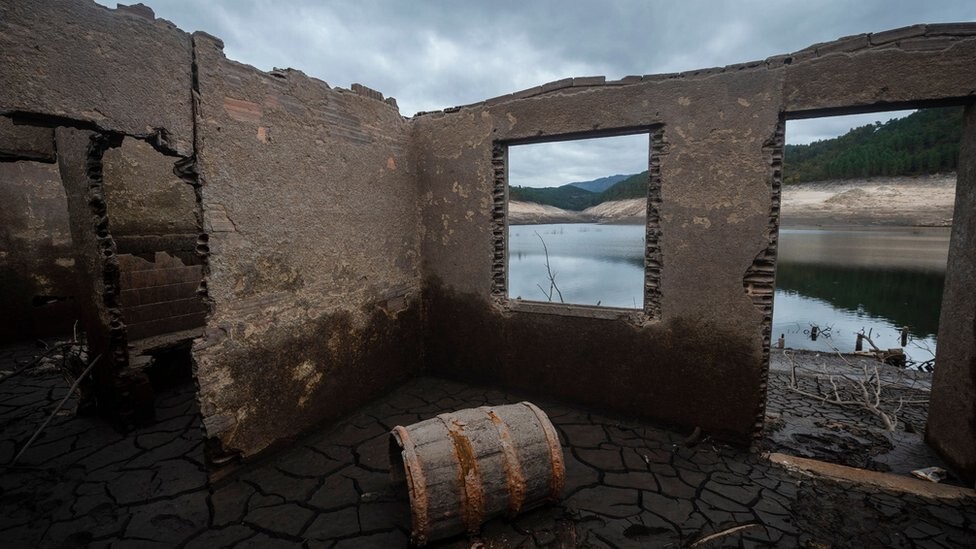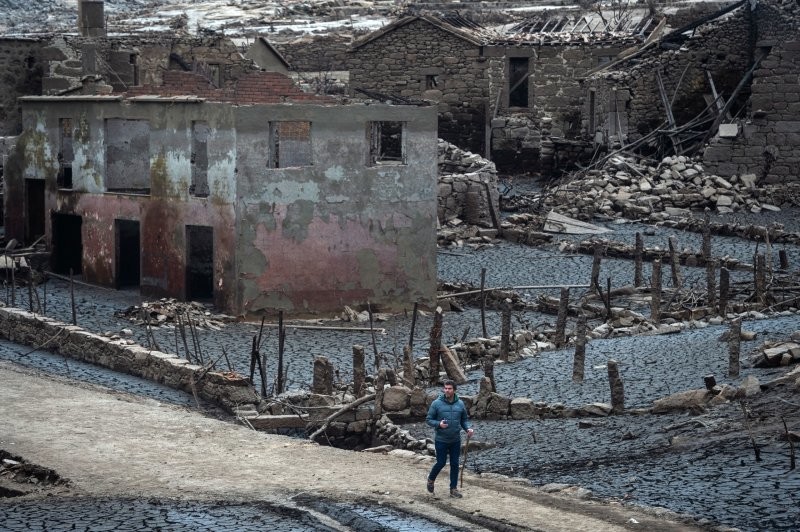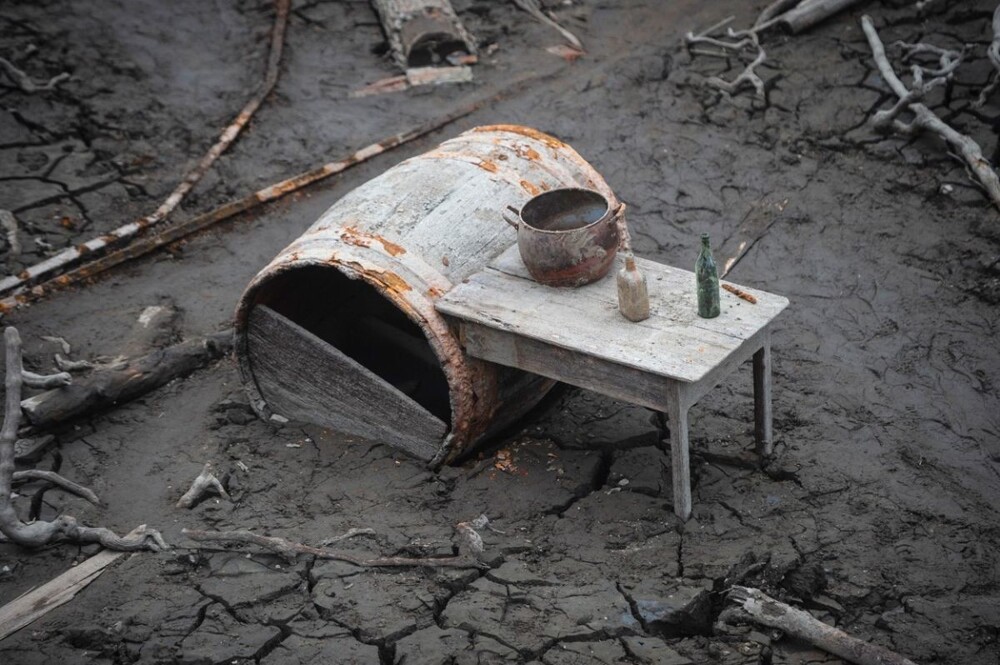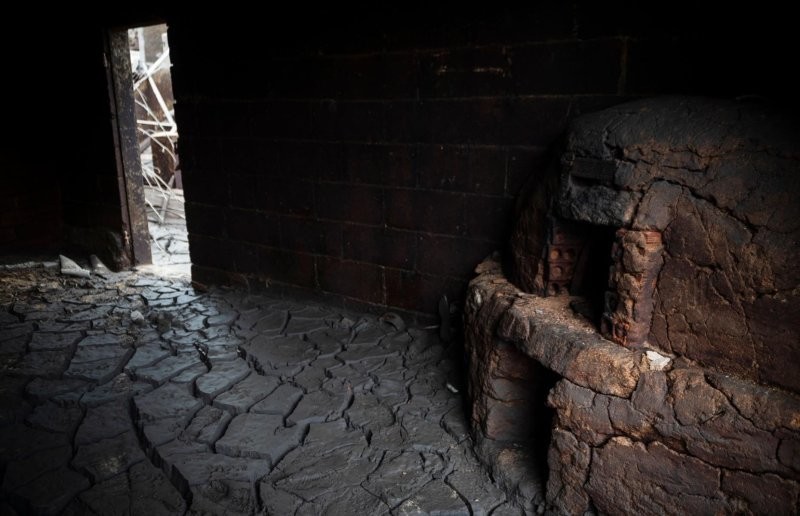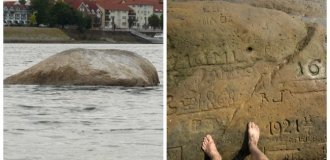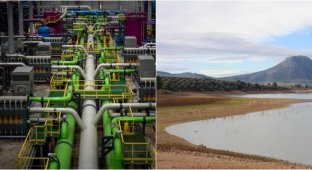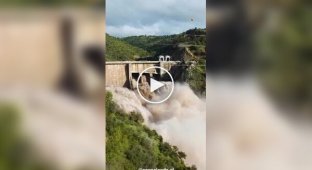Flood for profit: the story of a small flooded village in Spain (15 photos + 1 video)
Aceredo is a Spanish village that was abandoned more than thirty years ago. Many residents were forced to leave their homes in 1992 due to the construction of the reservoir. Local residents left when the Portuguese hydroelectric dam closed its floodgates, causing the Limia River to flood land and buildings in the surrounding area. 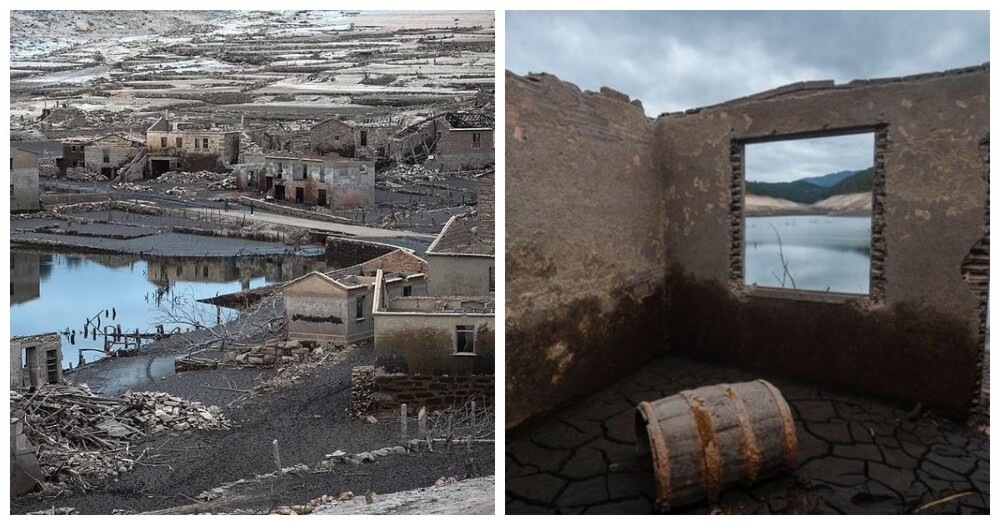
Communities surrounding the river in the province of Ourense fought against eviction, but their attempts were unsuccessful. However, more than thirty years later, something unexpected happened. The low water level in the Lindoso reservoir revealed the place almost in its former form. Surprisingly, many buildings remained intact, losing only their roofs. 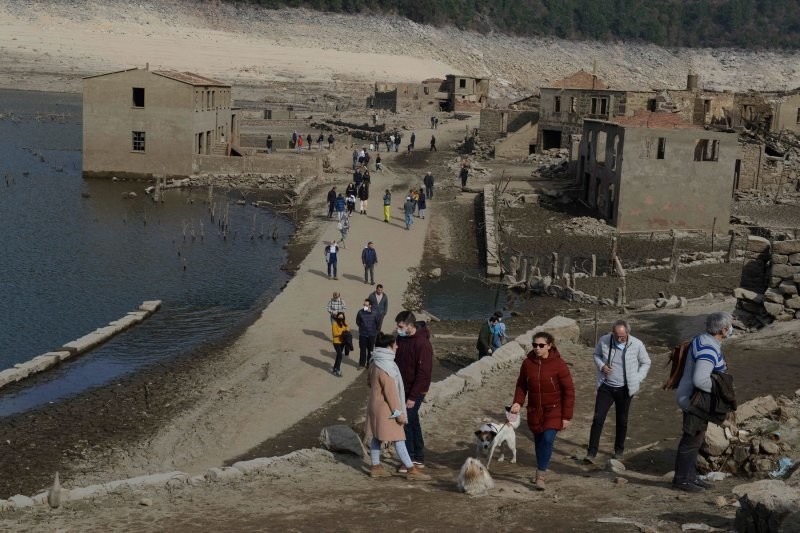
Caught at the site of falling water levels, Aceredo became a ghost village, locked in time. The real, yet otherworldly remains of the settlement allow you to imagine what it was like. 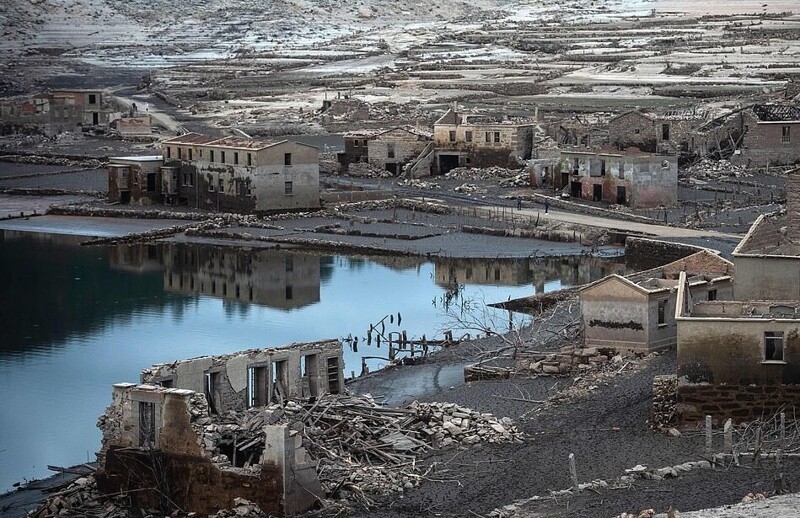
People who lived here before had the opportunity to return to their homes and look at what remained of their former life. To a home that was once a very quiet, tranquil area of a thriving community.
There were once 70 houses and about 120 people living here, but all this was lost during the construction of the reservoir.
The authorities appreciated the tourist attractiveness of the settlement, which was a prisoner of the waters. 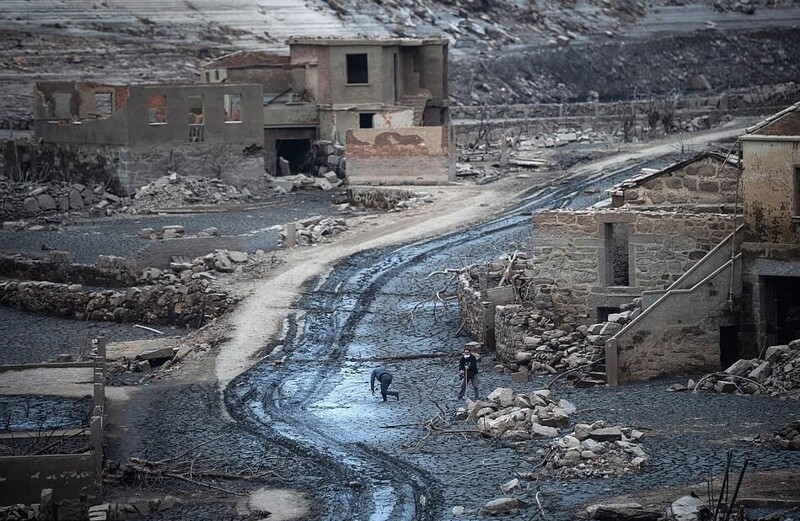
One of the city's former residents, Francisco Villalonga, told local newspapers that it is difficult for those whose roots are here to see it like this. Seeing the houses where they were born and raised, people really miss the past. He was one of those residents who fought eviction orders and protested at City Hall. They were forced to leave and watch their home sink under the waves.
Controversial Reservoir 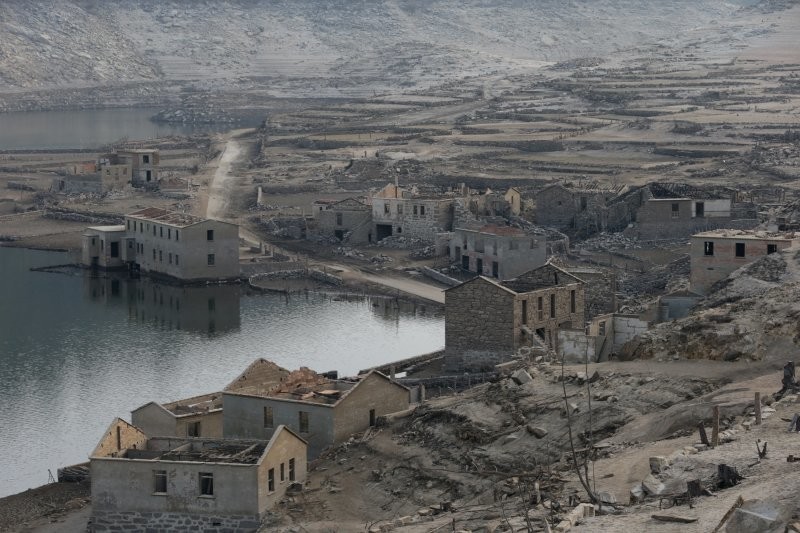
For some, the reservoir brought industry, jobs and money to the area, but others struggled to adjust to their new homes and lamented the fact that the valley's best farmland was inundated. True, not everything was lost with the rise of water: for example, the 18th century church was dismantled stone by stone so that it could be moved to another village. 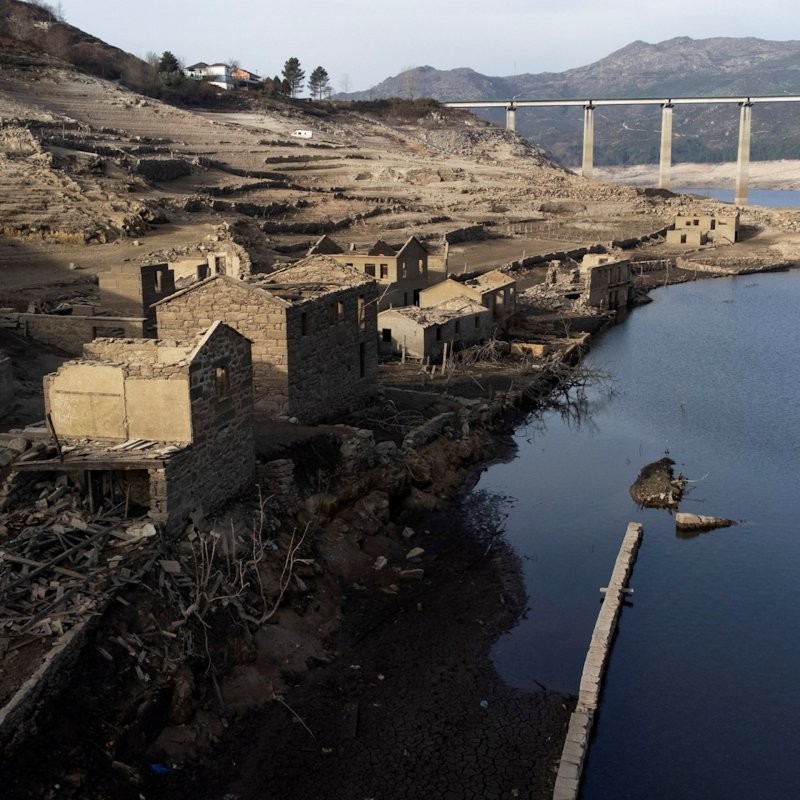
Many individuals and families forced to move suffer from depression. Although decades passed, they still could not come to terms with the move.
Most people managed to leave their homes before the flood began, and there were enough warnings. However, some refused to leave and this took them by surprise. These people were trapped and couldn't get out, so the government had to step in and rescue them. 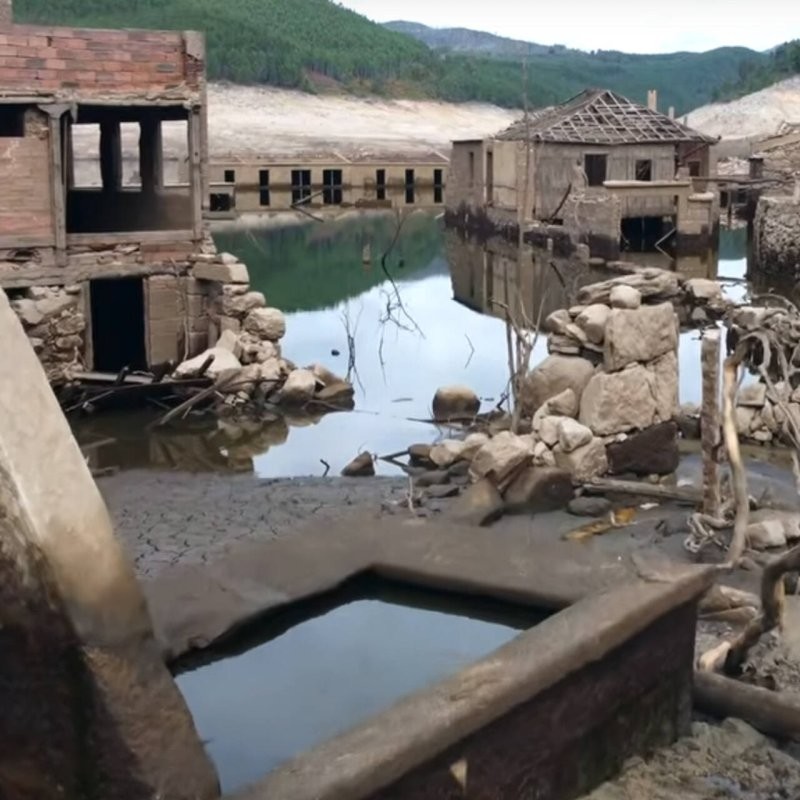
Some residents even stayed in the surrounding area because they did not want to believe that the water would actually come. In addition, many did not want to leave the legacy of their ancestors.
But as the grim reality became clear, people took with them what they could and left behind what they could not carry. Eyewitnesses claimed that in the days leading up to the arrival of the water, cars and trucks scurried through the streets, trying to transport property and even houses. 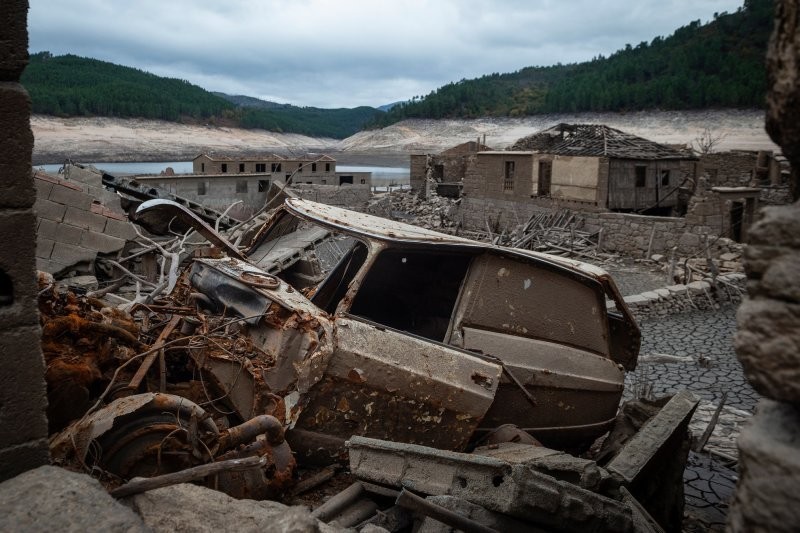
Residents received compensation. However, many claimed that the money they were given was not enough.
Some felt that they had lost not only their home and possessions, but also places to which they had emotional attachments. Among them were childhood and family memories that cannot be returned.
They say how villagers were rudely woken up at night, threatened and demanded that they sell the plot. The older ones got scared and sold, but the younger and more confident ones were not convinced. Some residents refused to leave. 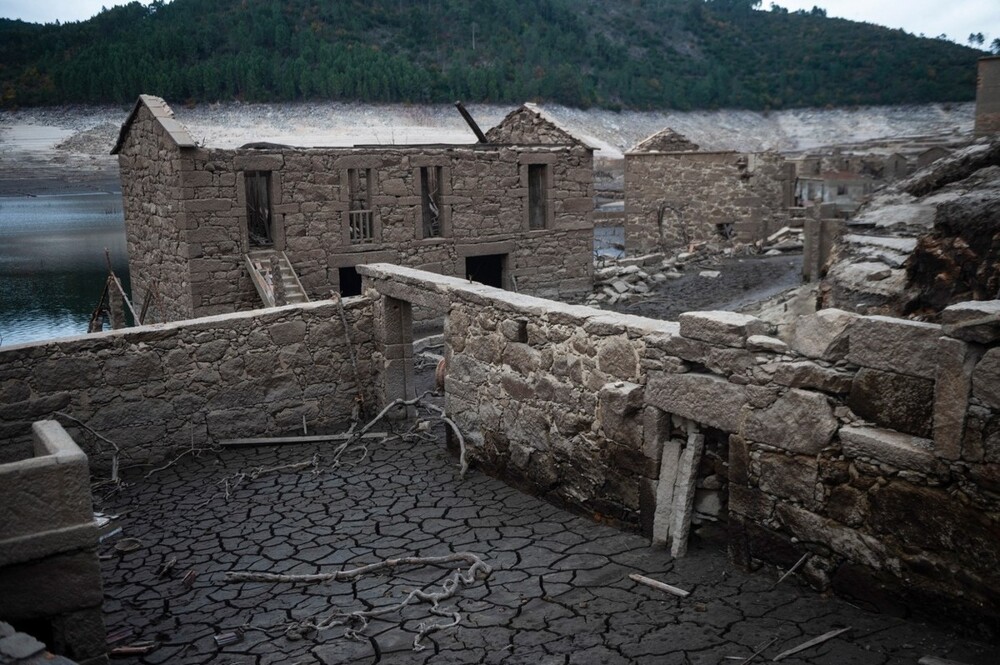
Those who refused struck back in the only way they knew and could. Both the men and women of the village protested loudly. The police were organized and rallied to confront the protesters. They went on a hunger strike for ten days.
After ten days of protest, GEO, the Spanish police special forces, was brought in to solve the problem. An eyewitness recorded that all the residents of the surrounding area gathered together to prevent the drawing up of a report. However, when they arrived, the security forces took out their batons and a conflict began. Many residents were injured. 
As a result, despite protests and efforts, the water finally came, and residents were forced to leave their homes. On the third day after the water came, the city practically disappeared.
People were offered enough money to start their lives again elsewhere. But for some, the emotional wound remains for life. In 2015, the documentary film “Drowned Days” was shot, which preserved the memory of these villages - once so real, but now so ghostly, as if they had never been filled with life. 